|
Planning for an accessible kitchen remodel, while in theory has similarity to other remodeling projects, actually involves special considerations you won't want to forget or overlook. If you want a workable, safe kitchen for disabled access or aging in place, be sure to avoid the following accessible kitchen remodel mistakes.
Not enough turn-around space Skimping on the space that’s necessary to turn around a mobility device can make your space simply unusable for those who need the extra turn-around space. When you make up your kitchen remodel floor plan, aim for a minimum five-foot turning radius of free space. This space is the amount needed to allow a person using an electric wheelchair or scooter room to turn their device around while minimizing the risk of bumping into kitchen cabinets, countertops, or appliances. Installing inaccessible faucets When shopping for faucets, look for options that are either hands-free or that can be operated by means of a lever rather than difficult-to-turn knobs. In addition, you must also make sure your faucets are reachable. It does no good to have accessible faucets if no one can reach them from a wheelchair. Make sure your kitchen design includes clearance under the sink, allowing sufficient room to roll a wheelchair under it, within easy reach of the faucet. Keep in mind you will also want to move plumbing pipes to the rear so you can maximize your space and you should also shield the pipes with insulation or some other barrier to avoid potential burns to a person's legs. Countertops that are too tall A tricky consideration for your kitchen remodel is how to accommodate everyone's needs with countertops that are of different heights. If you opt for countertops that are lower in height so a person in a wheelchair can use them, they will likely be too short for others in the household. Your best bet is to either alternate accessible countertops with some at the conventional height of 36 inches or have adjustable counters installed. Slippery floors Food prep and clean up tend to be messy tasks in a busy kitchen, so your choice in flooring material is an important consideration. For example, ceramic tile flooring and linoleum, while popular for use in kitchens, can also become very slippery when wet, causing a hazardous situation for those who are mobility-impaired. A better solution is choosing slip-resistant flooring. If you have your heart set on tile, look at using ceramic tiles that are smaller (6- or 8-inch squares are ideal) as they will offer reduced slipperiness; the additional number of grout lines per square foot will add some extra traction. Choosing standard appliances When purchasing new appliances, give careful thought to their accessibility. For example, a side-by-side refrigerator is a better option than a top-bottom freezer-refrigerator combo as it provides easier access to both compartments. Other important appliance details include choosing cooktops with front controls so a person does not have to reach over hot burners, as well as a side-opening wall oven which is easier and safer to open. Above and beyond the type of appliance chosen is the need to make sure installation height is appropriate. A countertop microwave, for example, is more accessible than an over-the-stove unit. Choosing traditional cabinetry Today’s kitchen cabinetry has come a long way and several manufacturers offer variations to make life easier for those who need accommodations. Research recent innovations such as soft-close cupboards, touch-release drawers, pullout shelving, or pull and swing lazy Susan corner units -- each of these simplify working in the kitchen for those with limited strength and/or mobility. Neglecting the small details They say the Devil is in the details and this couldn't be truer when working on an accessible kitchen remodel. For instance, consider installing an ample supply of electrical outlets and light switches that are operable from a seated position. In addition, add sufficient lighting for different task areas and make sure they are up to twice the standard strength to help those with diminished eyesight. Furthermore, plan pantry and cooking pot storage at a lower height of 20 to 44 inches above the floor so that all items can be reached from a seated position. If your home is in the Eugene-Springfield area, give our team at Fort Rock Construction a call at 541-767-1611. We are aging in place and accessibility experts. We can walk through your kitchen with you and plan out what it's going to take to create the kitchen of your dreams.
0 Comments
More seniors are choosing to age in place than ever before. This trend is driven in part by the rising costs of long-term care, coupled with the rapidly growing senior population as the Baby Boomer generation ages – a generation that’s enjoying a more active, vibrant lifestyle than previous generations. Technology and wider availability of services, such as home meal delivery services, are making it easier for older adults to remain in their own homes independently, as well.
While it may not be possible for an older adult to live independently forever, there are many changes that can be made to a home to make it safer and more functional for them to remain in their own homes longer. By implementing home modifications that support aging in place, today’s seniors are able to maintain their independence, and in the long run, may save a substantial amount of money on senior living. Below, you’ll find 10 top tips on home modifications that support aging in place that ensure the safety of the home for older adults. Some are simple adjustments, while others are larger scale projects – but all will make a home more accommodating as a person ages.
Fort Rock Construction, Inc. serves homeowners throughout the Eugene and Springfield areas and we can help remodel your home to safely accommodate aging in place. Give us a call today at 541-767-1611. Whether you have a person living in your home who uses a wheelchair or if you are needing modifications because you plan to age in place, there are a handful of key things to keep in mind for an accessible bathroom remodel.
Before you start drawing up plans, you want to take careful consideration of the following questions:
Once you have some answers to these questions, it's time to start planning. Items requiring plumbing should be tackled first because these are often the most difficult and costly items to change. You'll want to make sure to get these right before you settle on all of the other accessibility details. Accessible bathing items:
Accessible sink and vanity items:
Accessible toilet items:
Accessible lighting items:
General accessibility safety items:
When it comes to accessibility bathroom remodels, Fort Rock Construction is the company to call. We are certified aging in place exerts and have extensive accessibility remodeling experience for both residential and commercial spaces throughout the Eugene-Springfield area. Give us a call today to discuss your project at 541-767-1611. Approximately 75% of people assume that home modifications hurt the resale value of a home, but this is not always the case. In fact, some modifications, especially if they are done in a style that matches well with the home, can have a positive impact on the resale value.
How much do modifications hurt or help your resale value? The truth is it's not possible to put an exact value on specific modifications because a number of factors have influence, including the style of home, its location and the target buyer demographic. However, one way to help manage this positive or negative swing is the implementation of the principle of Universal Design. Universal Design refers to a home design that is safe and usable for people of all ages and abilities, including those with disabilities. Universal Design is built into the home's basic design, rather than added as an afterthought. This means that Universal Design elements work with the home's architecture. But if your home is already built, you can still incorporate the concepts of Universal Design to the changes you plan to make. Some features of a Universal Design home include:
Overall, these types of changes do not significantly affect the aesthetic of the home, and as such do not hurt its resale value. Studies have shown that Universal Design modifications can, in fact, help your home's resale value. If you'd like to explore how to incorporate Universal Design into your home to improve accessibility, please give us a call at 541-767-1611. Fort Rock Construction has been serving homeowners in Eugene, Springfield and the surrounding areas since 2001. When it comes to accessibility, few rooms are as important as the bathroom. This is a space we spend time in every single day and having it right for our individual needs makes a difference. If you have accessibility needs, this becomes even more important. Here are a few things to keep in mind if you are looking to create an accessible bathroom in your home or place of work.
Doorways — To accommodate walkers, wheelchairs, and other assistance devices, you will want to widen any doorways to no less than 36 inches. This provides ample room for a person to enter the bathroom with ease. Pull Handles vs. Knobs — Along with a wider doorway, change out traditional doorknobs for pull handles. This enables those who have difficulty gripping or turning knobs to securely open and close the door. Levered Faucets — Similar as with the doorknobs, you will want to replace sink and shower knobs with levered faucets. These types of devices are more comfortable for those with accessibility issues to use. Light Switches & Latches — Wherever possible, look for ways to lower the height of light switches and latches so those who are in wheelchairs can reach them more easily. The standard height of 48 inches for light switches is the maximum height for ADA compliance. Lowering switches to a height between 15-42 inches complies with ADA standards and makes accessibility easier. Counter Height — Just as other items in your bathroom are lowered to accommodate accessibility needs, so should your counters. Ideally, not only should the counters be lowered, but they should also have open space below such that a wheelchair can roll up and have room for leg space. Ideal height for wheelchair accessible counters is approx. 34 inches. Grab Bars — Grab bars are essential for those who need help transitioning from a wheelchair to or from a toilet, as well as for safety in and around tubs and showers. Be sure to have these installed securely so they can withstand the pressure of a person's body weight. Showers/Tubs — If your bathroom has a shower or tub, look to modify the space with either a roll-in shower or a walk-in tub. Also, plan to add a seat in your shower designed specifically to help with accessibility. The decorative seats provided in most pre-formed shower inserts are not sufficient. If you would like assistance with any of these bathroom accessibility modifications, please give the team at Fort Rock Construction a call today at 541-767-1611. We are certified accessiblity experts and have been serving the Willamette Valley since 2001. If you're considering adding accessibility features to your home, one of the more prominent features on the exterior is a ramp. Whether it's to your front door or getting from the back door out to your yard, ramps assist those in wheelchairs as well as those who have difficulty with stairs.
When it comes to construction of a ramp, there are several material options from which to choose. Here is a brief overview of those options so you can choose the material that will work best for your needs and your home's design. Wood Ramps By far, wood is the most popular choice for building a ramp. You can choose from a variety of wood types to match your preferred aesthetic. Be sure to include the addition of a non-slip surface. Even wood gets slippery when wet or icy. A handrail is also helpful so you don't accidentally go off the side of the ramp. Aluminum Ramps Second in popularity, aluminum ramps offer convenience and manufacturers often have a variety of configurations from which to choose. Aluminum ramps also typically come with textured surfaces so the addition of a non-slip surface is not necessary. One downside to aluminum is that they have the potential to be noisier than other materials. Galvanized Steel Ramps Galvanized steel ramps offer a nicer aesthetic than aluminum, and the open slotted material prevents the buildup of water, snow, ice, or dirt. One downside is that the openness can be pretty uncomfortable for bare feet and can cause issues for those wearing high-heeled shoes. Concrete Ramps If you want the look and feel of a standard concrete walking surface, a poured concrete ramp could be right. You'll get a nice aesthetic with the reliability of a concrete surface for non-slip. Concrete is poured on flat surfaces that are then attached to a metal structure. It's a less permanent, affordable solution. If you're considering adding a ramp to your home or even to your commercial space, we can help. The Fort Rock Construction team has been building ramps for residential and commercial properties in Eugene, Springfield, Cottage Grove and the surrounding areas. Please give us a call today to discuss your ramp project. 541-767-1611 If you're planning a remodel for your kitchen to accommodate ADA or general accessibility issues, choosing appliances and determining where they get placed are key decisions. Remember, it's about removing barriers and increasing convenience so that your space is not a source of frustration. Accessible appliances have certain characteristics in common, but typically their designs could fit right into any home.
Here’s what to look for when you go shopping and for when you’re planning the layout of your kitchen: Cooktop — For easier use, it is best to have your cooktop separate from your oven. This separation allows for space to accommodate legroom beneath. Also, a cooktop with front controls prevents having to reach over hot burners. Staggered burners also minimize the risk of injuries. Oven — When it comes to selecting an over, wall ovens are ideal because their placement height can be customized to meet your needs. If you're in a wheelchair, a side-hinged model can be helpful. Refrigerator — When choosing a refrigerator, choose a model with a bottom, pull-out drawer freezer as this provides the most accessibility, but side-by-side models are also popular. You'll want to check that controls are low enough to be reached from a seated position and that they are simple to use. Microwave — When considering where to place your microwave, over the stove is not ideal. Instead, plan a space that is at or just under the counter height. Dishwasher — While most appliances are lowered for accessibility, you'll want your dishwasher raised from standard installation height. This adjustment makes access more comfortable for seated persons. For placement, make sure you have ample space on either side. Racks must move smoothly with little pressure. Certified ADA-compliant appliances must meet more specific criteria than these generalized descriptions, but this is intended to give you an idea of what to look for and ask for when shopping. If you need assistance with planning your kitchen remodel, please give the Fort Rock Construction team a call. We're experts in accessibility design and would love to help create a space you can enjoy. 541-767-1611 As you age, it's not uncommon to contemplate where you want to live as you get older. Depending on your health needs, there are several options available, from luxury retirement to independent or assisted living communities. But what if you want to stay in your own home? With the proper accommodations, staying in your own home, or aging in place, can be achieved.
What does aging in place require? Most homes are constructed to meet minimum requirements for things like entry access (typically stairs), door width, hallway width, counter height, the height of knobs, door locks, etc. A standard is set that accommodates the typical able-bodied adult. But, as you age, your body may start to experience limitations. Maybe you can't climb those stairs as easily, maybe reaching the top shelf in the kitchen is difficult, or perhaps you no longer have the finger strength to open up kitchen or bathroom cabinets. The list goes on depending on your individual needs. Aging in place takes a person's physical limitations into account for how a space is designed. When aging in place standards are used, you'll see adaptations like a ramp to the front door instead of steps, pull handles on cabinets instead of finger grooves, shower and bathtub modifications to provide greater safety, etc. If you suspect you'll want to stay in your own home as you age, it's best to start that planning early. Working with an aging in place specialist can help you look at each room in your home with fresh eyes. He or she will be able to address your specific concerns and also make suggestions for needs you might not know to anticipate. At Fort Rock Construction, we are certified aging in place experts. We've been helping homeowners in the Eugene, Springfield and Cottage Grove area remodel their homes since 2001. Please give us a call to schedule a consultation for your home. 541-767-1611 As time goes by, the rooms in our homes may not fit our needs the way they once did. In the kitchen, cabinets become out of reach, appliances inaccessible, and pathways too narrow. Your kitchen’s accessibility may not be as good as it could be and right now is the perfect time to remodel to fit your lifestyle needs. If you have bending, reaching, or grabbing limitations, Fort Rock Construction can help redesign your kitchen around you.
Many times, those in wheelchairs or who are movement impaired must use external tools to grasp objects in the kitchen. This is inconvenient and unnecessary. Narrow pathways can get banged up and damaged if they don’t give you sufficient clearance. And stoves are also an issue when the controls are behind the burners causing dangerous burn and fire hazards. All of these problems and more can be fixed with a kitchen renovation. With a kitchen that’s designed to meet your needs, you can feel more independent and functional. For example, Fort Rock Construction can lower your countertops and your cabinets while rearranging and replacing old appliances as necessary. Even something as simple as stacking the oven and microwave together or raising the dishwasher for easy loading and unloading can make life a whole lot easier. Remodeling your kitchen shouldn’t be a stressful or daunting task; it should relieve you of the burdens in your kitchen. Please contact us to get started on your kitchen remodel – we’re here to help! Image Source: http://www.snaidero-usa.com |
Our Blog
Tricks of the construction trade, inspiration for your next project, and highlights of completed projects. Categories
All
|
|
Fort Rock Construction — Licensed, Insured, Bonded: CCB #140699
phone: 541-767-1611 // fax: 541-767-3005 Mailing Address: P.O. Box 1713, Cottage Grove, OR 97424 Auxiliary Address: 1574 Coburg Rd #872, Eugene, OR 97401 © 2017-2019 Fort Rock Construction. All rights reserved. |
|

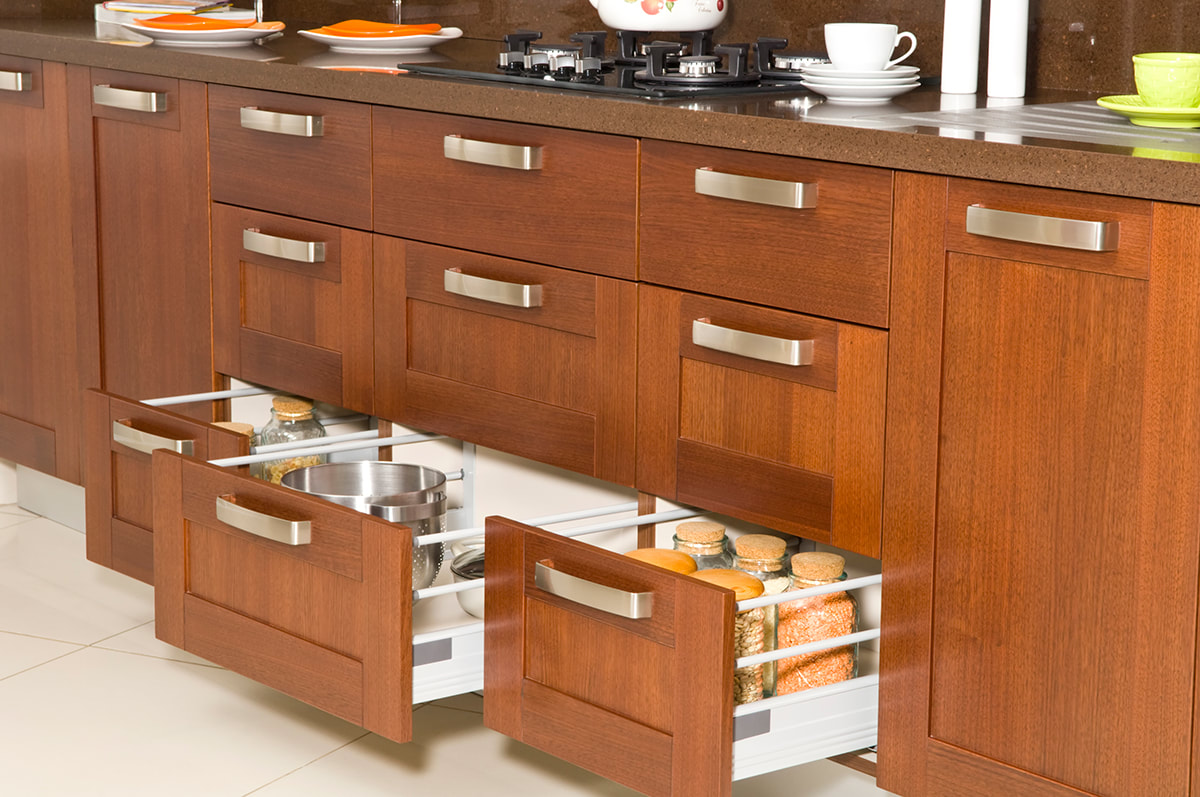


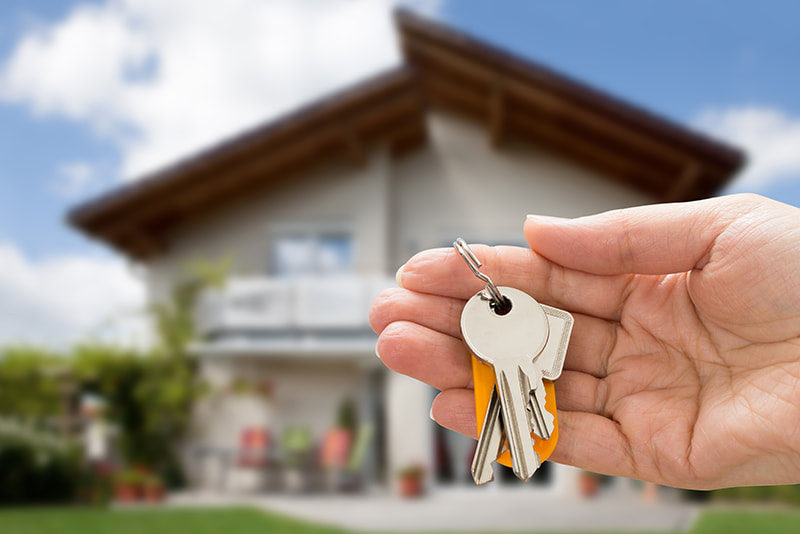
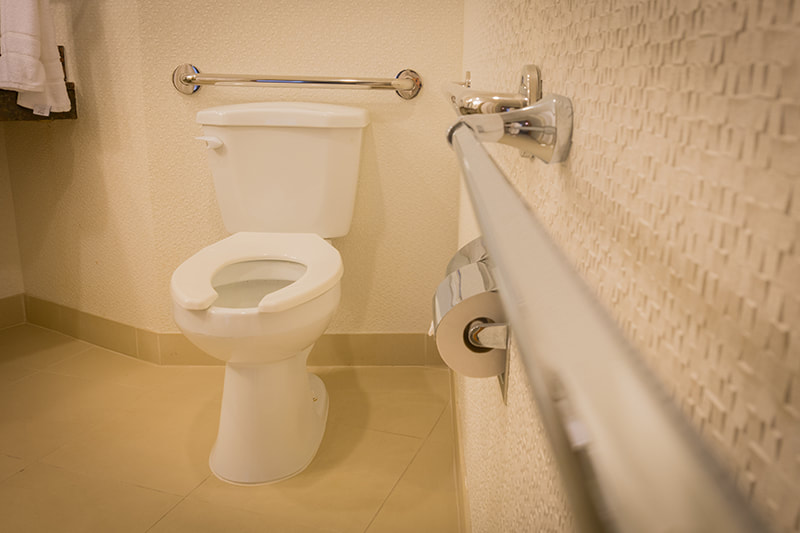
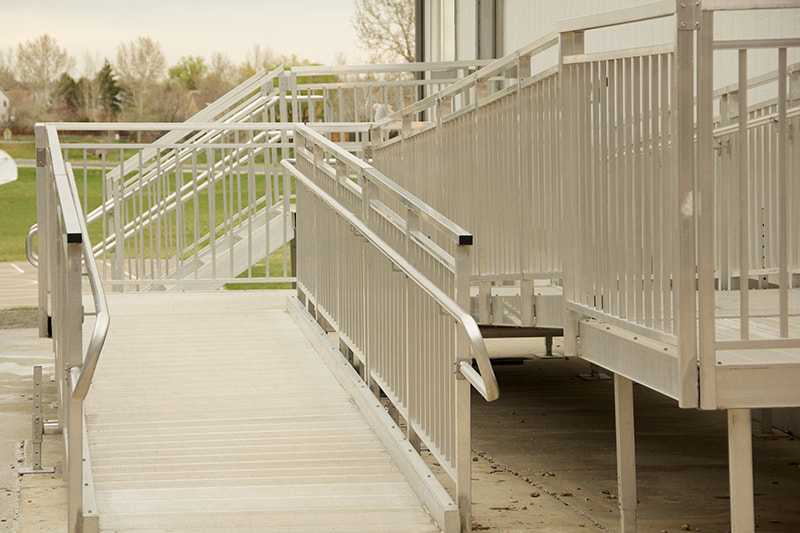
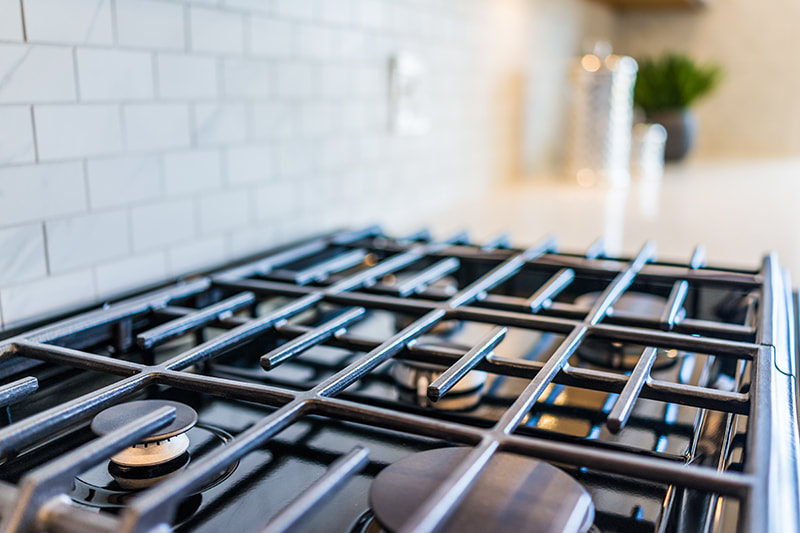

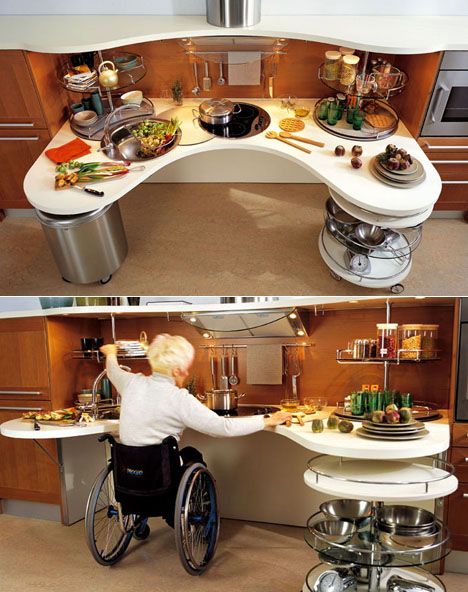
 RSS Feed
RSS Feed